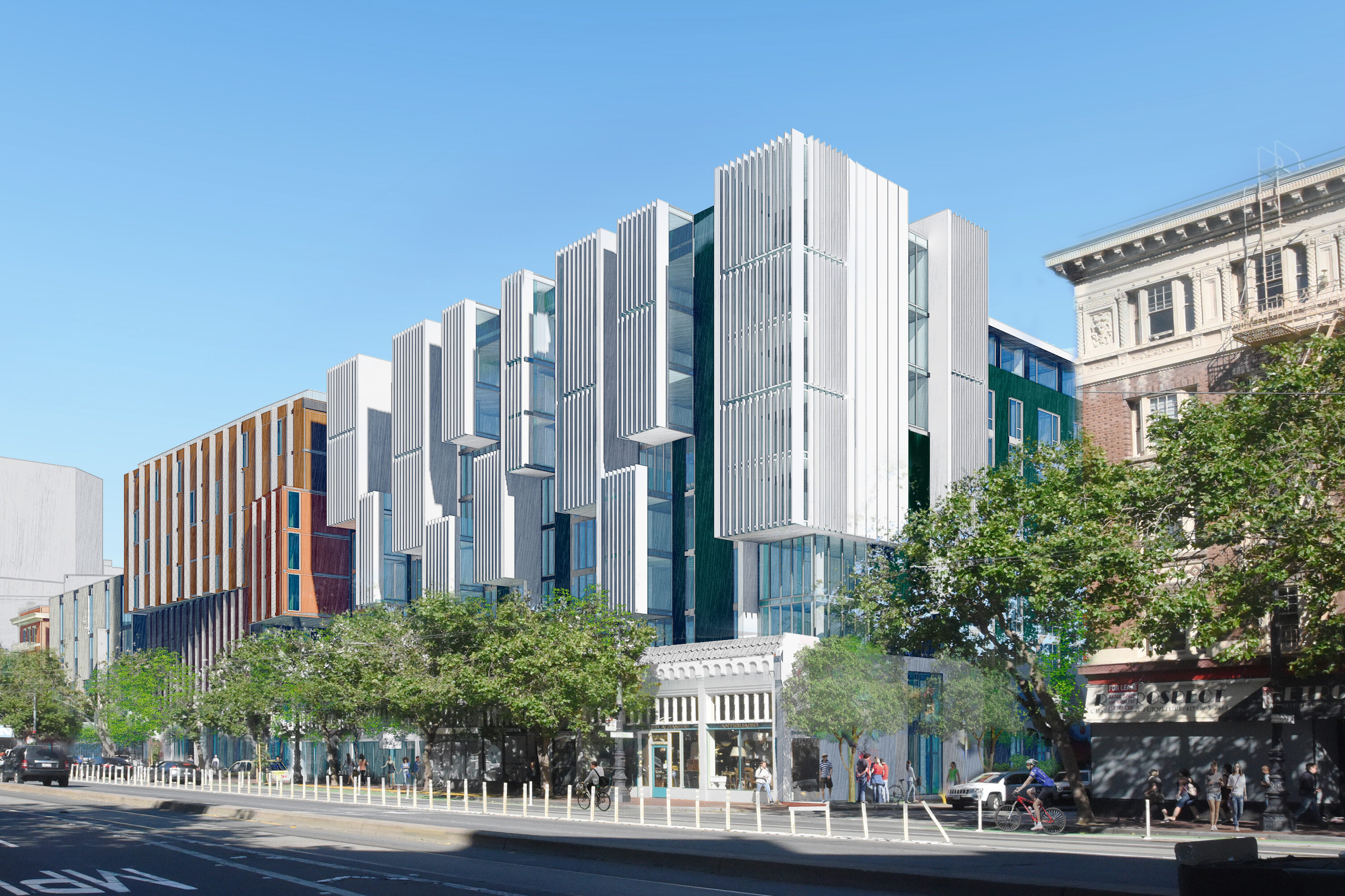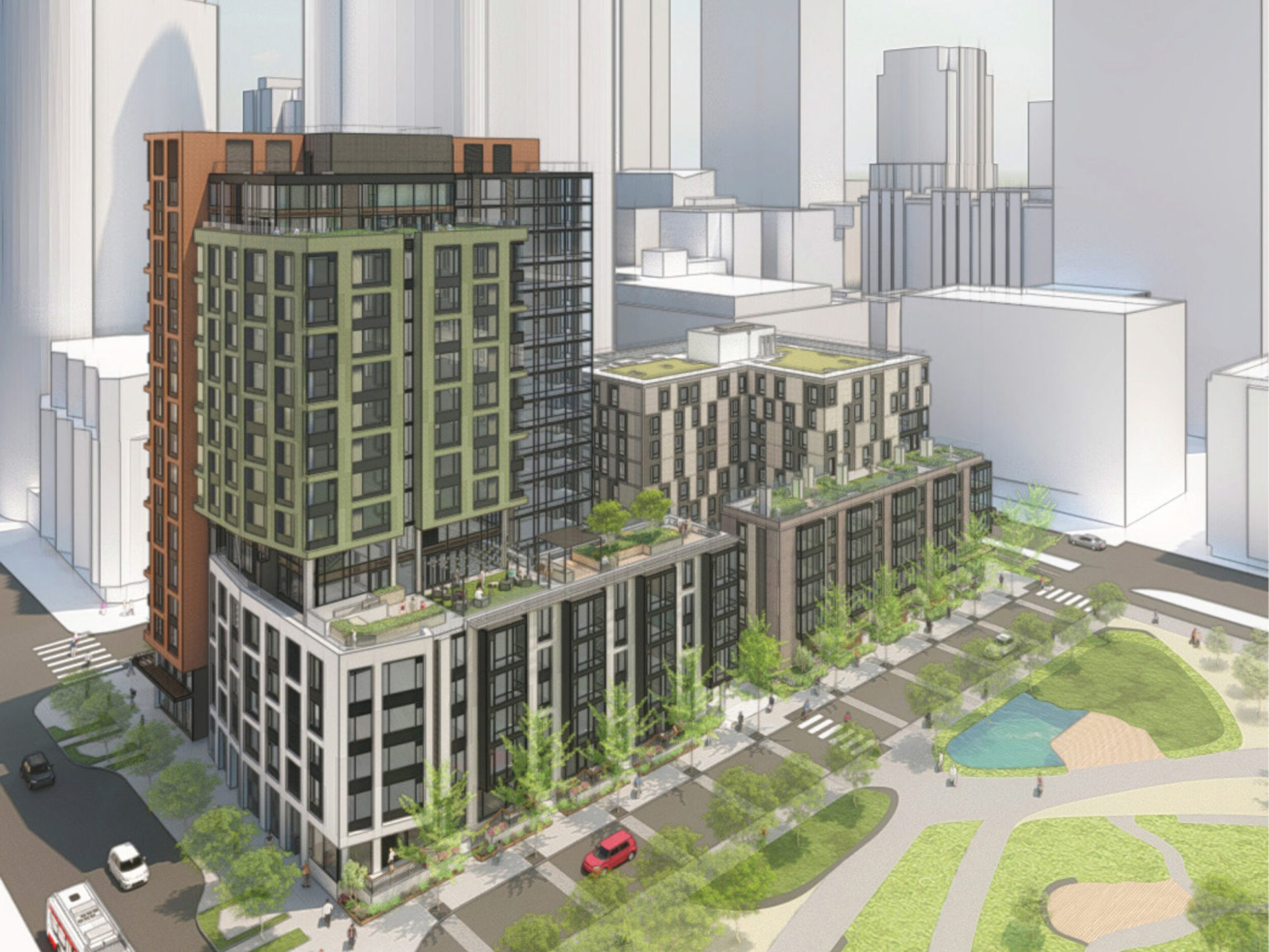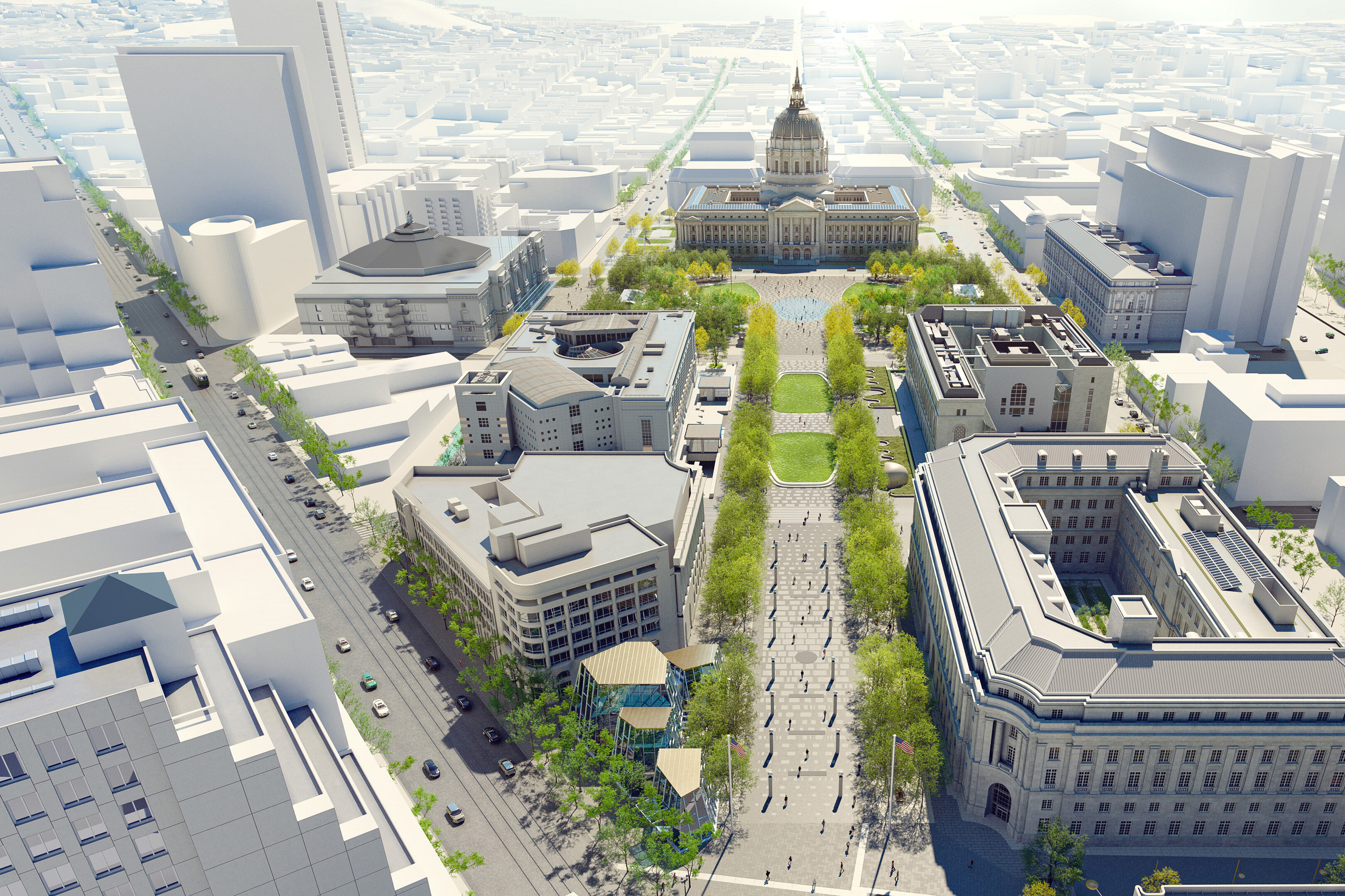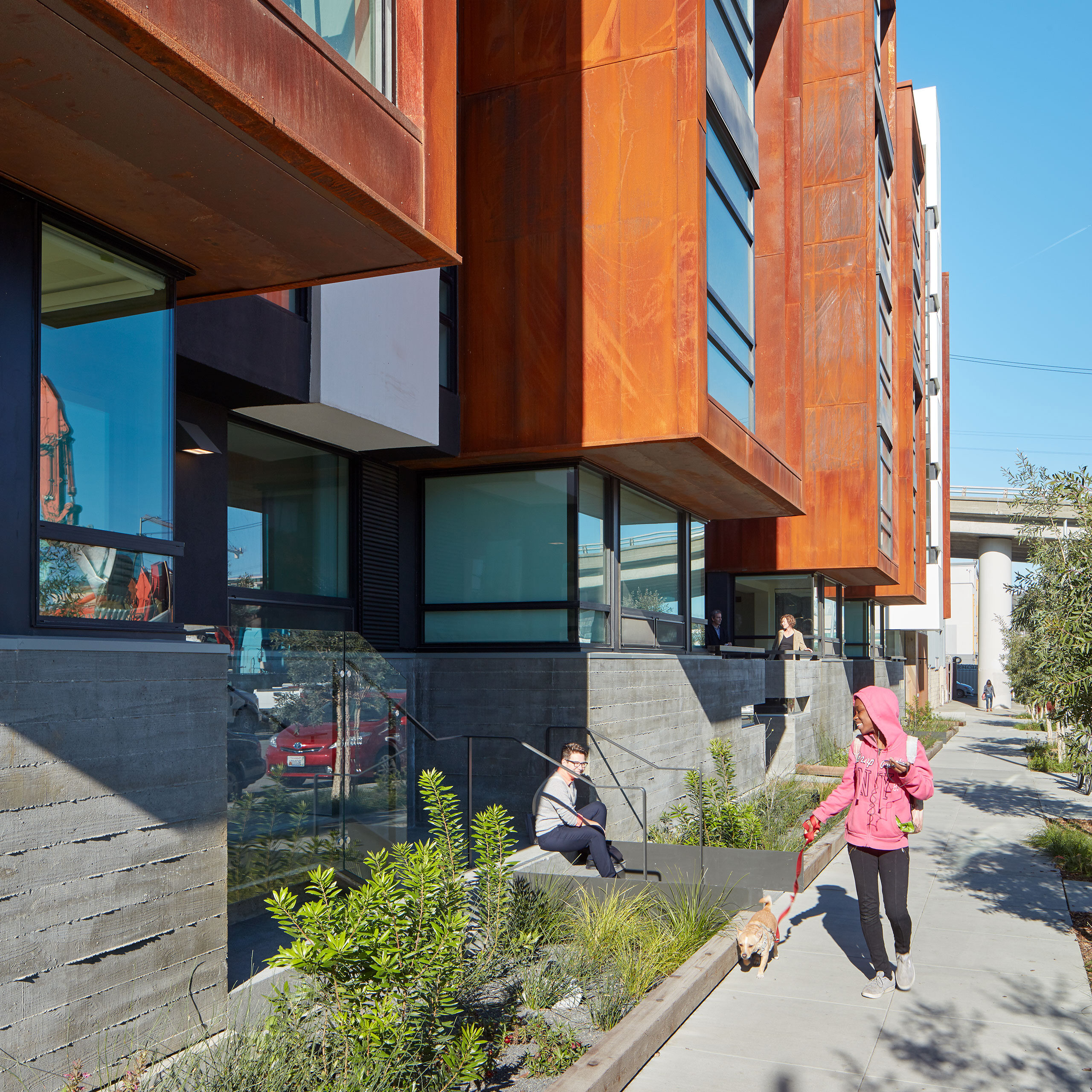We love cities and strive to help make them successful.
Context:
We positively negotiate context, and sometimes that means understanding a building’s neighborhood before it exists.
Urban density:
Re-envisioning density – involves rethinking how space is used and organized to accommodate more people while enhancing the quality of life and maintaining the character of the urban environment.
Mixed-use:
Uses previously segregated from each other and from residential neighborhoods can now be brought together to make more vibrant and livable communities, to shorten commutes and improve infrastructure efficiency, and provoke new architecture.
Transportation:
We support building communities around transit, efficient public transportation and safe bike routes.

Key Concepts in Re-Envisioning Density
1. Mixed-Use Development:
– Vertical Integration: Combining residential, commercial, and office spaces within the same building or block to maximize land use.
– Horizontal Integration: Ensuring diverse uses within a neighborhood, reducing the need for long commutes and fostering local economies.
2. Transit-Oriented Development (TOD):
– Proximity to Transit: Developing housing near public transportation hubs to reduce reliance on cars and promote sustainable transit options.
– Walkability: Designing neighborhoods that encourage walking and biking with accessible amenities and services.
3. Adaptive Reuse:
– Repurposing Existing Structures: Converting old industrial buildings, warehouses, or underutilized commercial properties into residential units.
– Historical Preservation: Maintaining the architectural heritage while updating the interiors to modern living standards.
4. Infill Development:
– Utilizing Vacant Lots: Developing on unused or underused land within existing urban areas to minimize sprawl.
– Backyard Cottages and ADUs (Accessory Dwelling Units): Allowing homeowners to build additional units on their properties to increase density subtly.
5. Green and Sustainable Design:
– Green Roofs and Walls: Incorporating vegetation on buildings to improve air quality, reduce urban heat islands, and enhance aesthetics.
– Energy-Efficient Buildings: Using sustainable materials and technologies to reduce the environmental footprint of new developments.

Creative and Attractive Ways to Add More Housing
1. Modular and Prefabricated Housing:
– Quick Assembly: Using modular units that can be quickly assembled on-site, reducing construction time and costs.
– Flexibility: Allowing for easy expansion or reconfiguration of living spaces as needed.
2. Co-Living Spaces:
– Shared Amenities: Offering communal kitchens, lounges, and workspaces to foster a sense of community and reduce individual living costs.
– Flexible Leasing: Providing short-term and long-term lease options to accommodate diverse living arrangements.
3. Micro-Apartments:
– Efficient Design: Creating compact living spaces with multifunctional furniture and smart storage solutions to maximize utility.
– Affordable Housing: Offering more affordable housing options in high-demand urban areas.
4. Vertical Gardens and Sky Parks:
– Green Spaces: Integrating green spaces at various levels of high-rise buildings to provide residents with outdoor areas and improve air quality.
– Community Areas: Creating communal gardens and recreational spaces to foster community interaction and improve mental well-being.
5. Public-Private Partnerships:
– Collaborative Projects: Partnering with private developers to create mixed-income housing projects that include affordable units.
– Incentives: Offering incentives such as tax breaks or density bonuses to developers who include affordable housing or public amenities in their projects.
6. Urban Agriculture:
– Rooftop Farms: Utilizing rooftops for urban farming to provide fresh produce to residents and create green spaces.
– Community Gardens: Encouraging community participation in local food production and fostering social interaction.
7. Integrating Art and Culture:
– Artistic Spaces: Including spaces for artists and cultural activities within residential developments to enhance the cultural vibrancy of neighborhoods.
– Public Art: Incorporating murals, sculptures, and interactive art installations in public spaces to create an engaging urban environment.

Amid convulsions of political division that dominate headlines, recent projects to revitalize America’s aging civic centers express hope that our citizens, inspired by public-space design that is experiential and community-driven, can come together. Most remarkably, these projects demonstrate a political will and commitment without which the most skillful designs and programming would be for naught.
